Poison Oak on the Trail – How to Identify, Avoid & Treat It
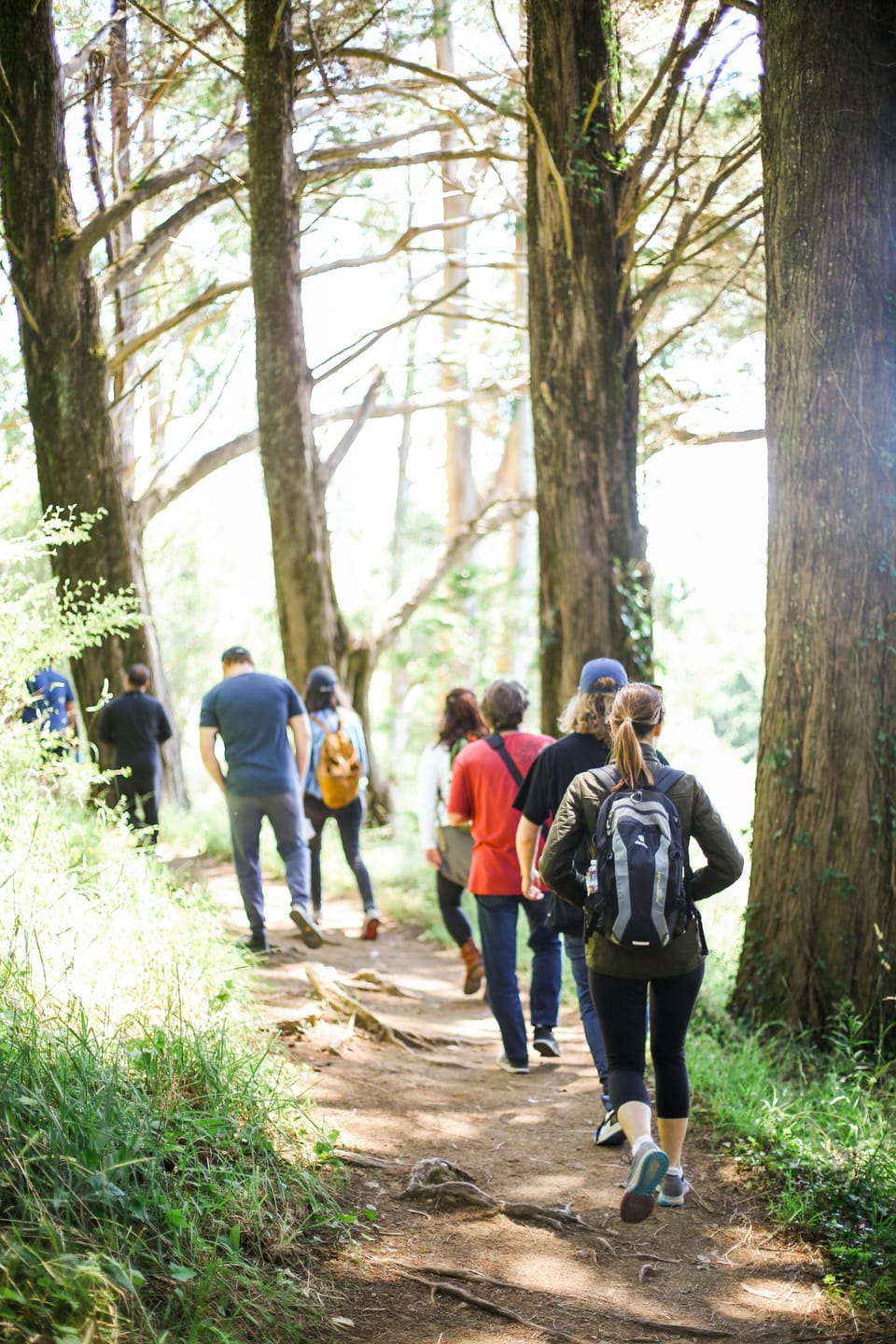
Leaves of three — leave them be.
If you’re hiking in the western U.S., that little rhyme can save your trip. Poison oak is common along trails, campsites, and riverbanks — and if you don’t recognize it, you can end up with a miserable rash that lingers for weeks. Here’s how to identify poison oak, prevent exposure, and treat it fast if you come into contact.
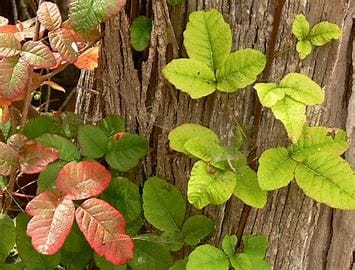
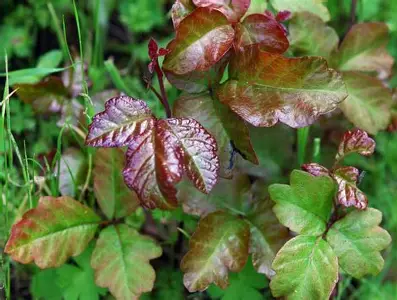
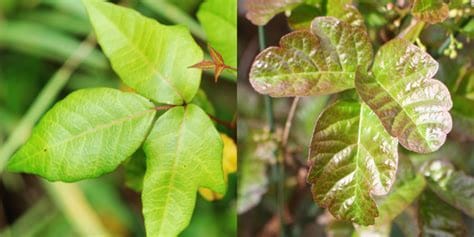
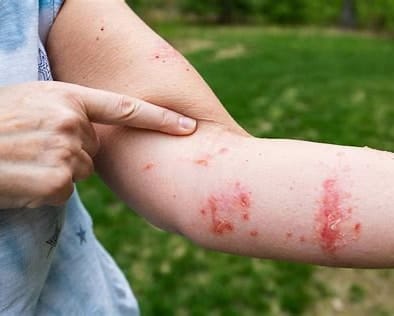
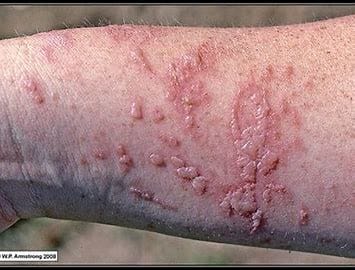
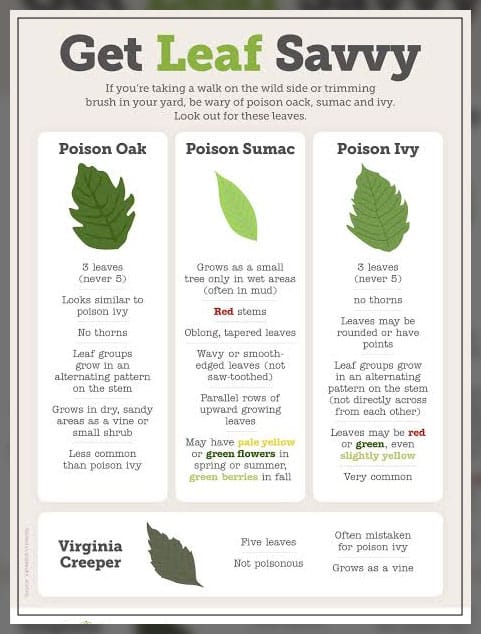
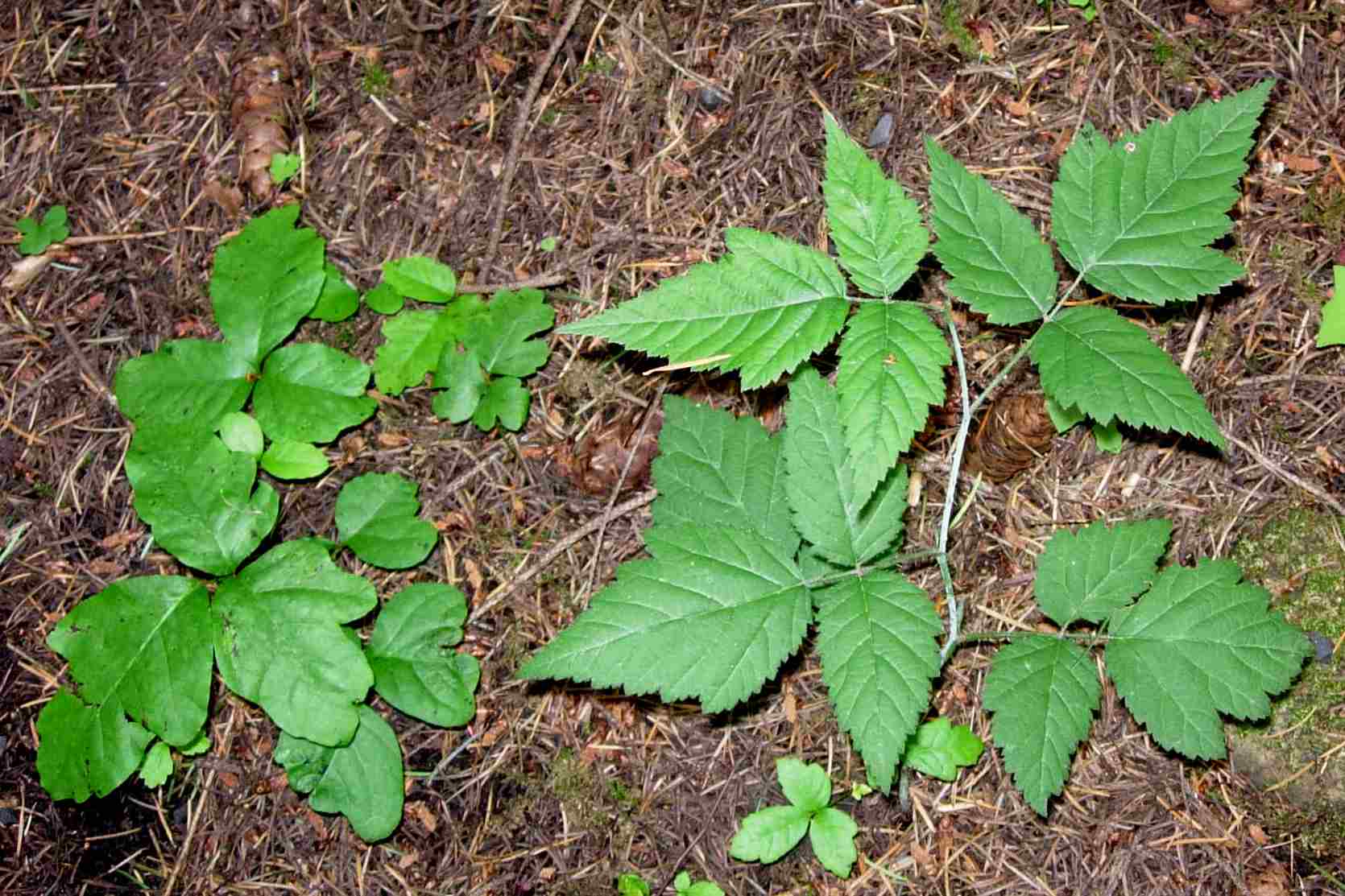
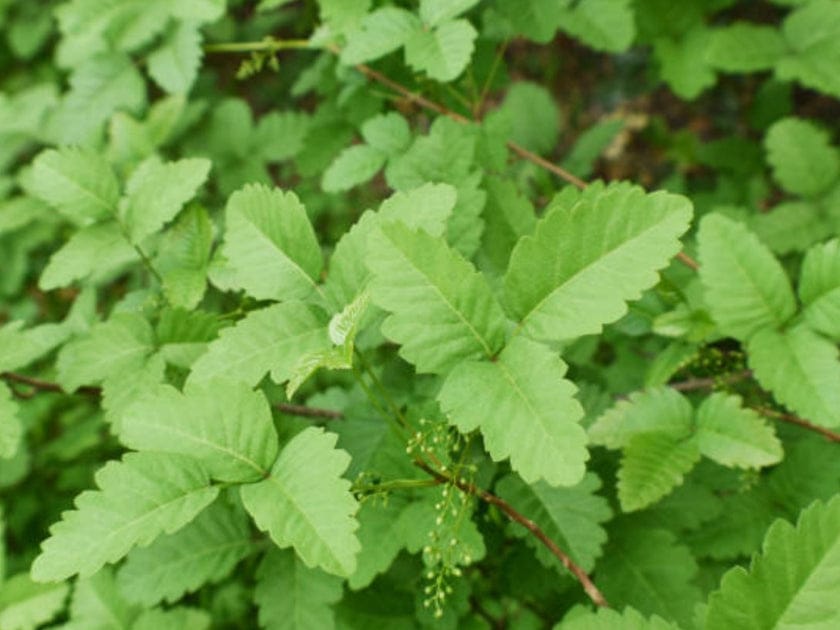
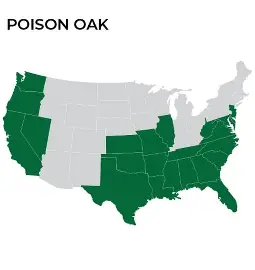
Poison oak is one of the easiest plants to brush against — and one of the hardest rashes to forget. Swipe through to see how to identify the leaves, what the rash looks like, and the must-have treatments every hiker should carry.
👉 Trail Safety Starts Here
I’ve put together a First Aid & Safety Collection with the essentials every hiker should have handy for poison oak — from Tecnu cleanser and wipes to calamine lotion and compact first aid gear.
👉 Check out the First Aid & Safety Kit →
How to Identify Poison Oak
The number one way to prevent a rash is to spot poison oak before you touch it:
- Leaves of three: leaflets grow in clusters of three.
- Glossy surface: shiny green in spring and summer.
- Seasonal change: red, orange, or bronze in fall.
- Growth patterns: shrub, groundcover, or vine.
- Where it grows: shady woods, along streams, at trail edges, even coastal dunes.
“Leaves of three, let it be. If it’s hairy, it’s a berry. If it’s shiny, watch your hiney.”
That famous rhyme can help you pick out poison oak—for part of the year. But, because Toxicodendron diversilobum is deciduous, what about the other seasons?
To identify poison oak all year-round, just remember what season you’re in—spring, summer, fall or winter—and these helpful tips:
Spring: During the spring months, poison oak can be very green with varying amounts of red on the leaves, or no red on the leaves at all. It has erect stems and leaves in threes; the leaves have a shiny and smooth look to them.
Summer: During the summer the buds of the poison oak have bloomed and are greenish and white. The plant is still pretty green; only at the end of the summer do the leaves start turning reddish.
Fall: Around this time the leaves are no longer bright green; they now take on the famous reddish look that a lot of people look for. Just remember that as the calendar rolls toward winter, that’s when the leaves start dropping off.
Winter: It can be very difficult to identify poison oak during winter time because it’s dormant. During this stage, it loses its leaves and looks like bare, erect sticks coming from the ground. But just because the leaves are no longer present, that does not mean that the rash-inducing oils are absent. Be wary of the branches as well and look for cinnamon-colored branches when you’re in an area likely to have poison oak.
So always be aware of your surroundings and keep an eye out for the various stages of poison oak!
🐾 What About Dogs?
Dogs don’t get poison oak rashes — but the oils (urushiol) stick to their fur, collars, and leashes. That means a friendly nudge against your leg can pass it on to you. After hiking:
- Wipe down your dog with pet-safe wipes.
- Rinse collars, leashes, and harnesses.
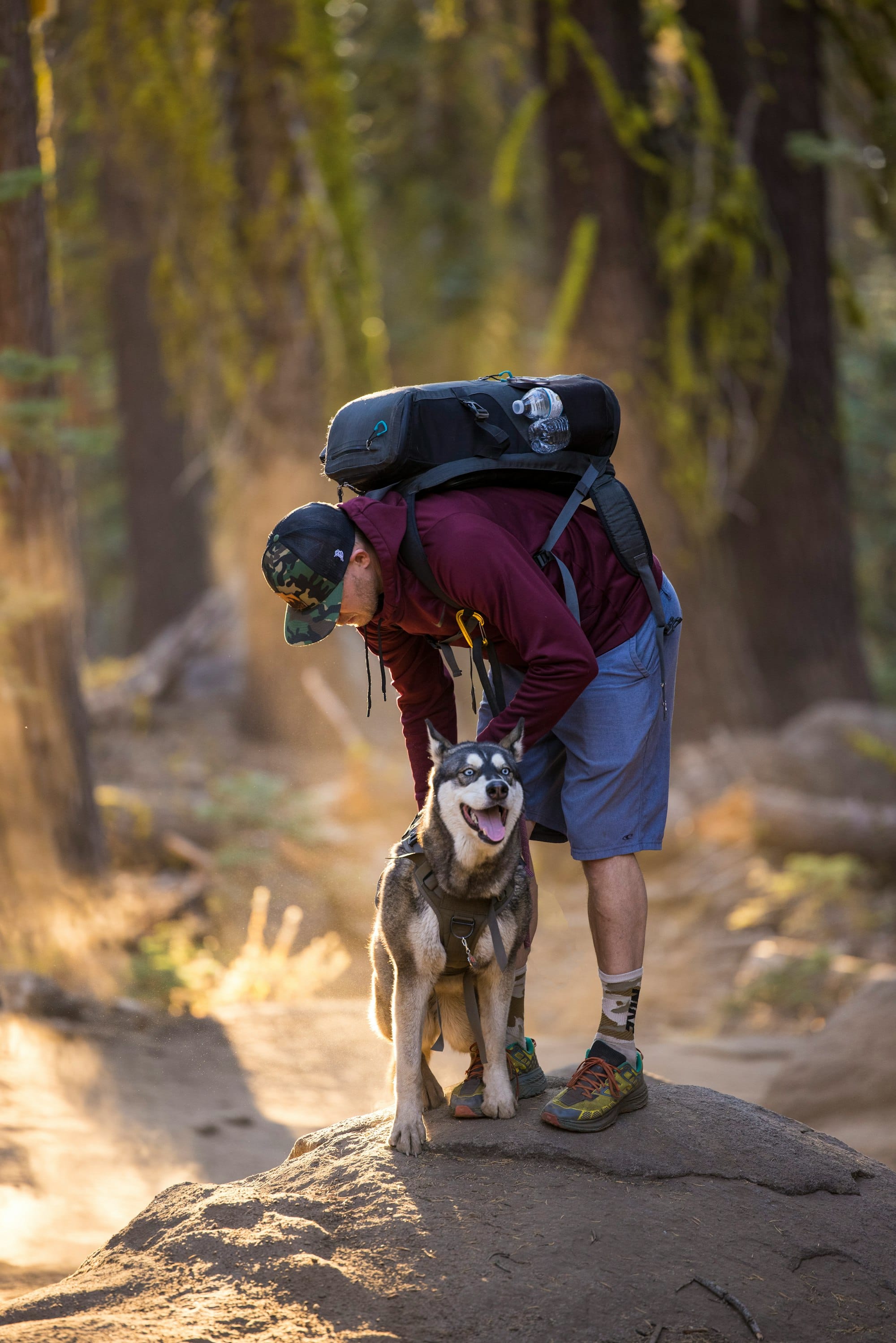
🎒 How to Prevent Exposure
When you’re on the trail:
- Wear long hiking pants and sleeves.
- Add gaiters or tall socks for overgrown paths.
- Stay on marked trails.
- Carry Tecnu wipes — they break down urushiol oils if used quickly.
- Clean boots, trekking poles, and packs when you get home.
🩹 What to Do If You’re Exposed
1. Wash Immediately (within 10–20 minutes).
- Use Tecnu cleanser or soap with cool water.
- Avoid hot water — it spreads the oils.
- Scrub under nails, between fingers, and around wrists/ankles.
2. Decontaminate Gear.
- Wash clothes separately in hot water with detergent.
- Rinse boots, poles, and leashes.
- Wipe down your dog with pet wipes or shampoo.
3. Treat the Rash.
- Calamine lotion or hydrocortisone cream to calm itching.
- Cool compresses or oatmeal baths for relief.
- Antihistamines for allergic reaction.
- Seek medical help if the rash is severe, widespread, or affects your face/eyes.
🏕 Trail-Ready Rash Kit (Light & Packable)
What I actually carry on hikes:
- Tecnu Wipes (single-use packets)
- Mini calamine stick
- Travel-size hydrocortisone cream
- A few antihistamine tablets in a pill pouch
- Bandana or cloth for a cool compress
👉 Fits in a pocket or hip belt — just a few ounces.
🏠 Home or Car-Base Kit
Keep these in your car or at home for after-hike treatment:
- Full-size Tecnu Cleanser
- Bottle of calamine lotion
- Oatmeal bath packets
- Pet wipes / dog shampoo (if hiking with pets)
- Compact first aid kit with extras.
👉 See the full First Aid & Safety Kit here →
https://shopmy.us/shop/collections/2089573
🌲 Bottom Line
Poison oak is part of the landscape in the western U.S., but it doesn’t have to ruin your adventure. Learn to identify it, take simple precautions, and carry a lightweight rash kit — then back it up with a home kit for when you finish your hike.
Remember: Leaves of three — leave them be.
Disclosure: This guide includes affiliate links to trusted partners. If you book or buy through these links, I may earn a commission at no extra cost to you. Information is general only — not financial, medical, or legal advice. Always confirm with providers before booking or purchasing.

Member discussion